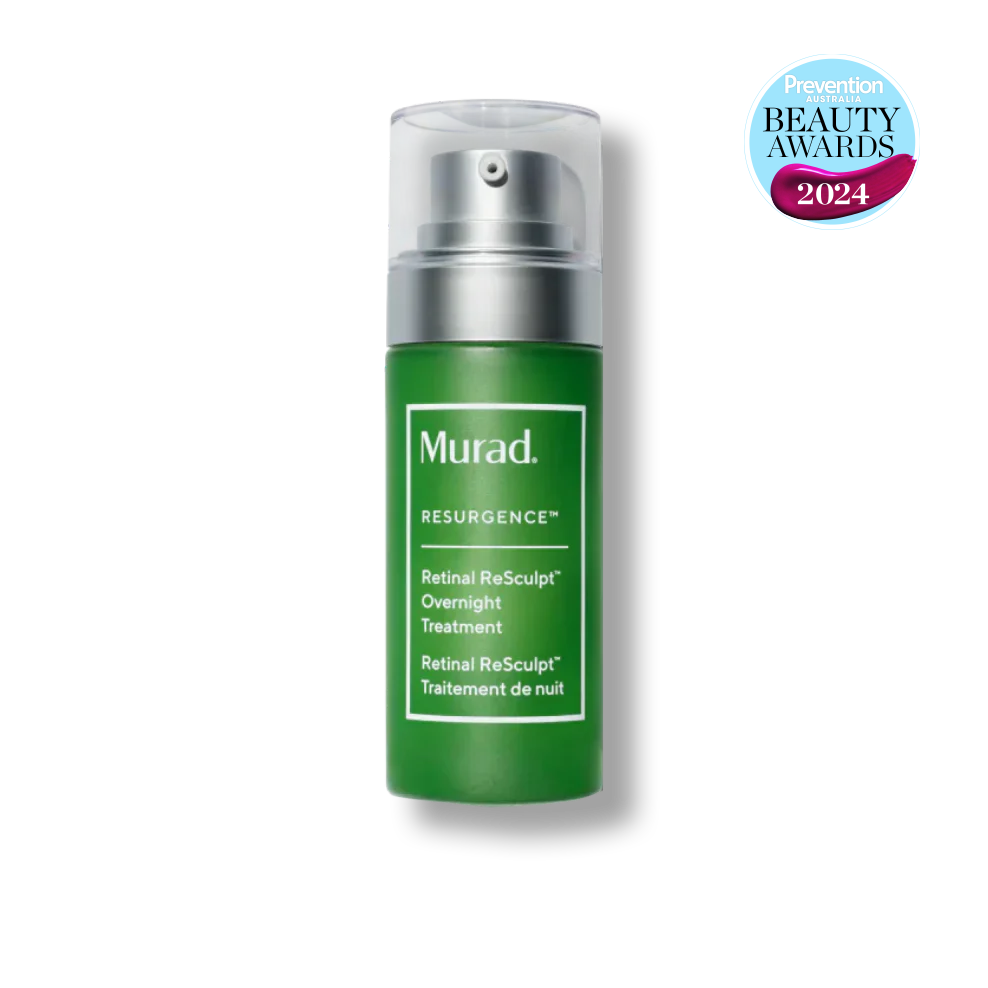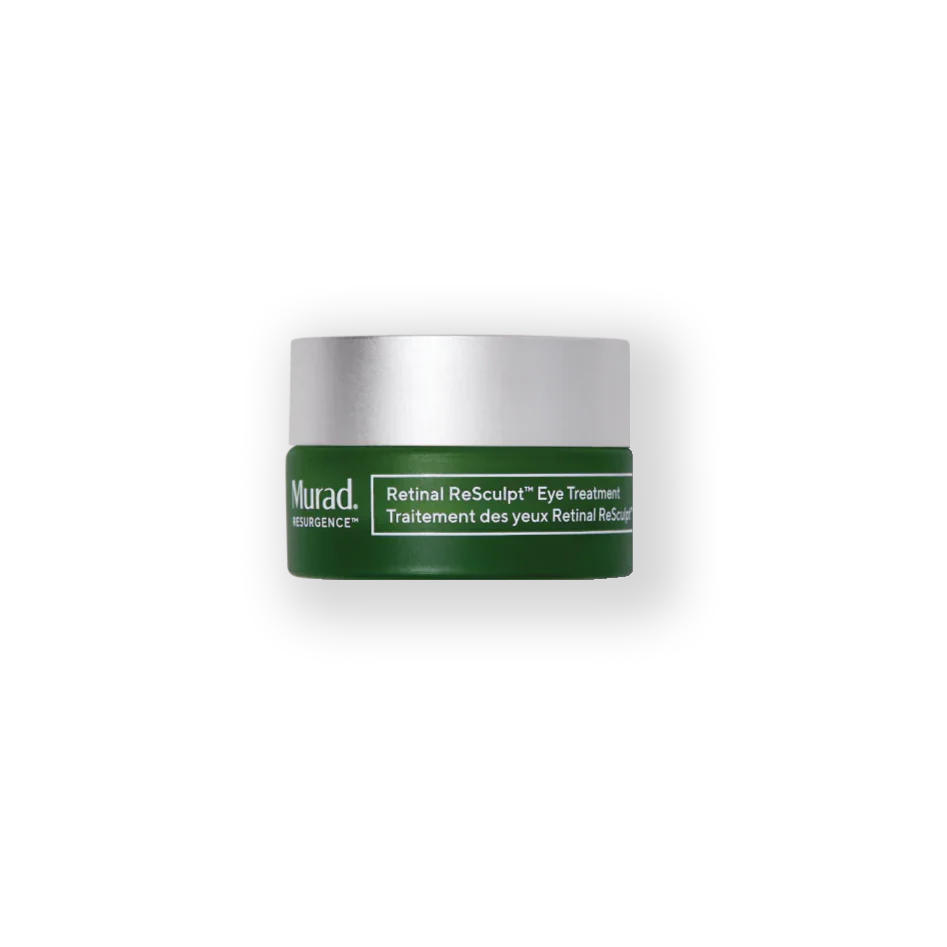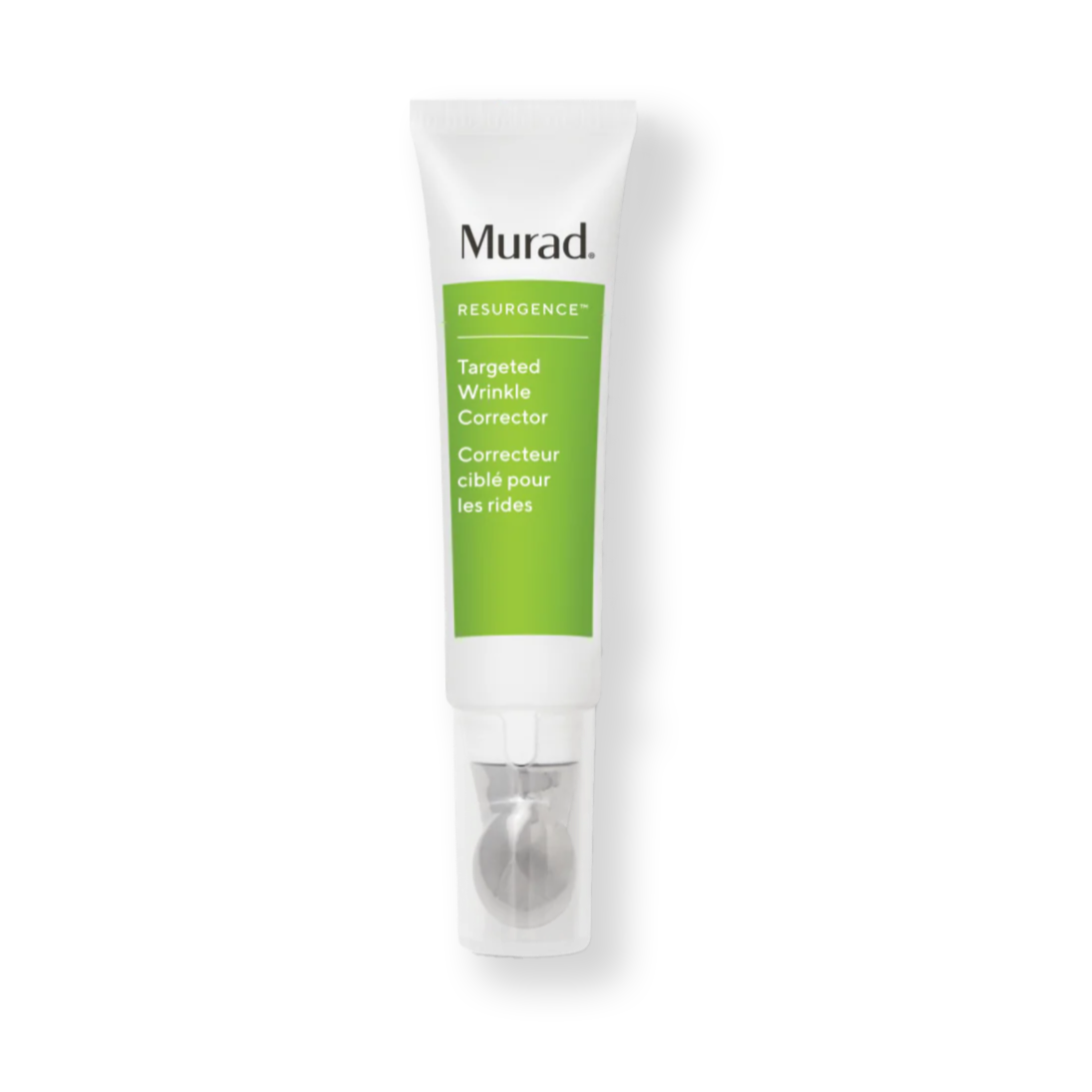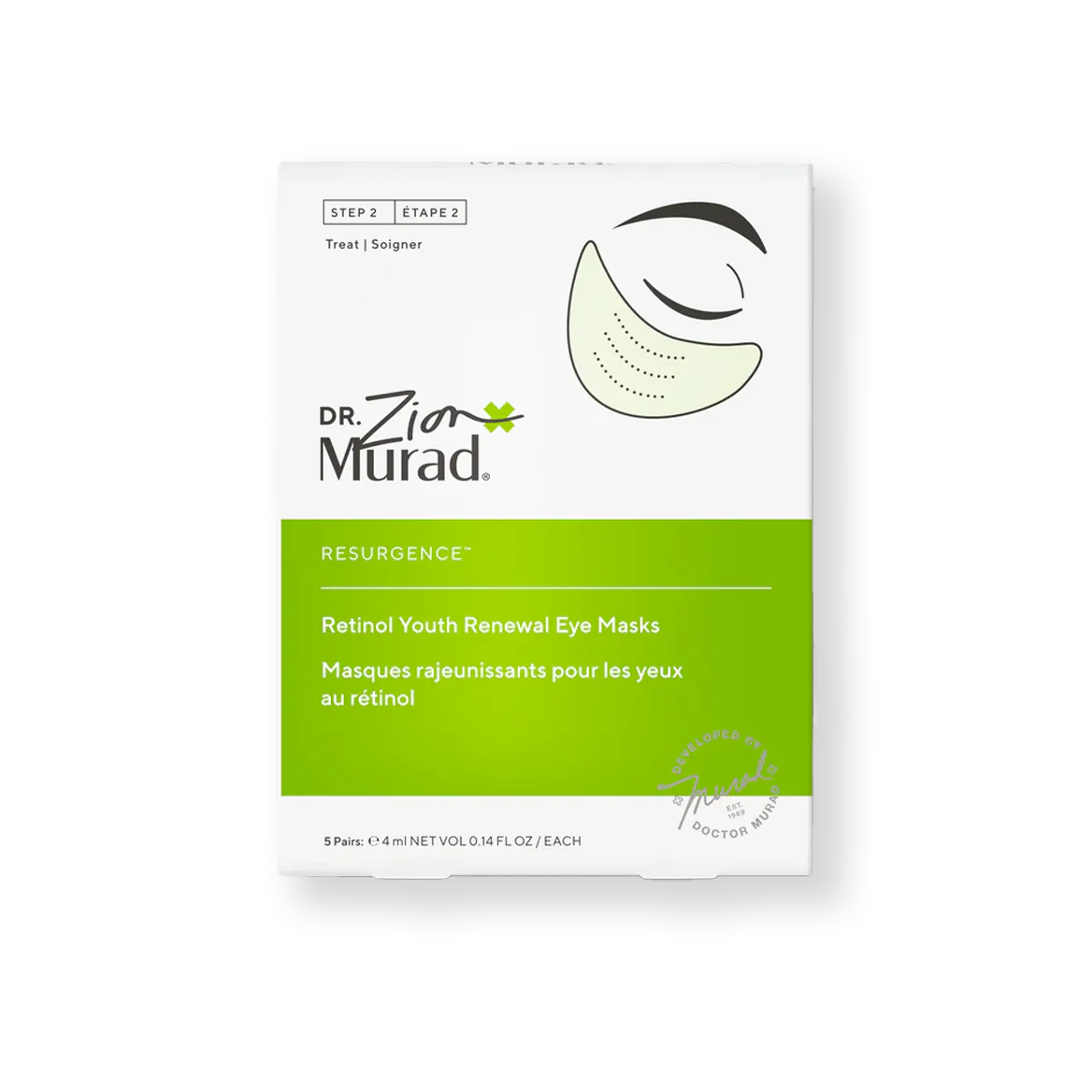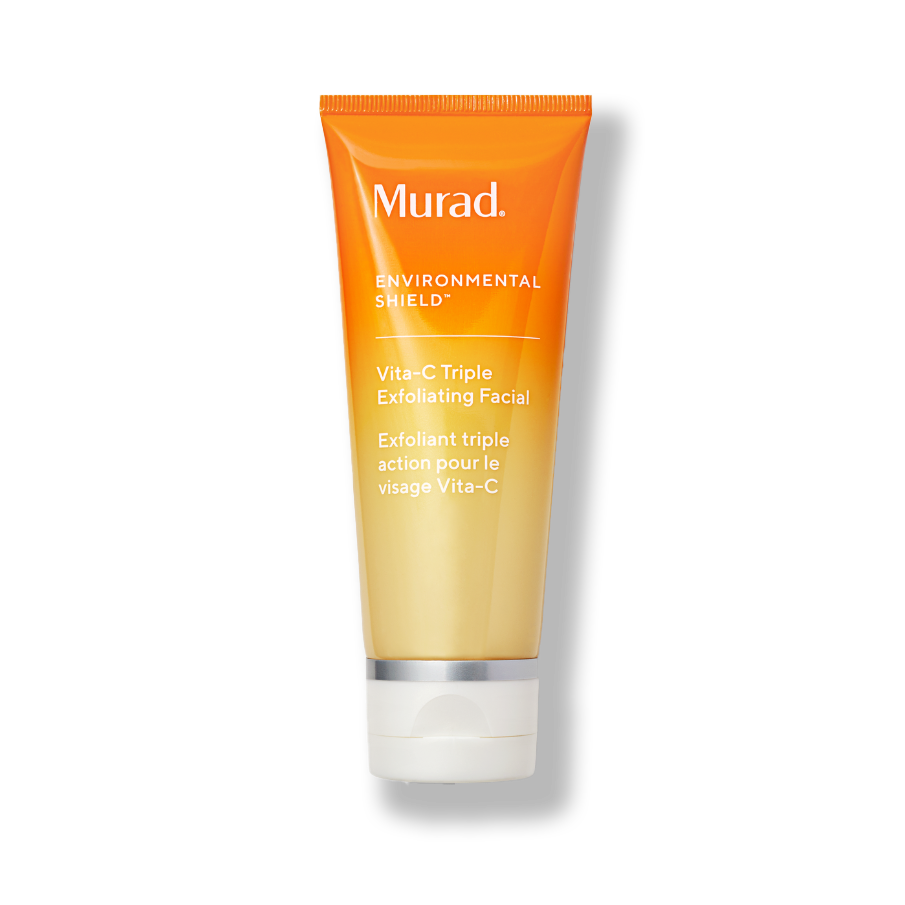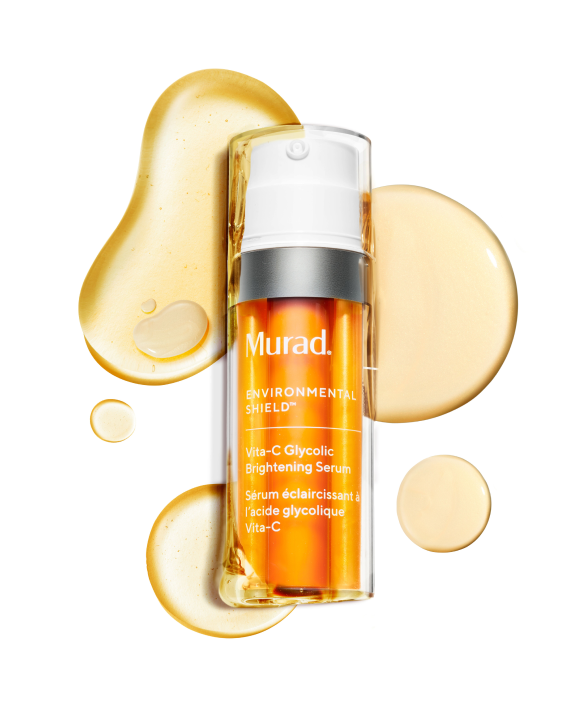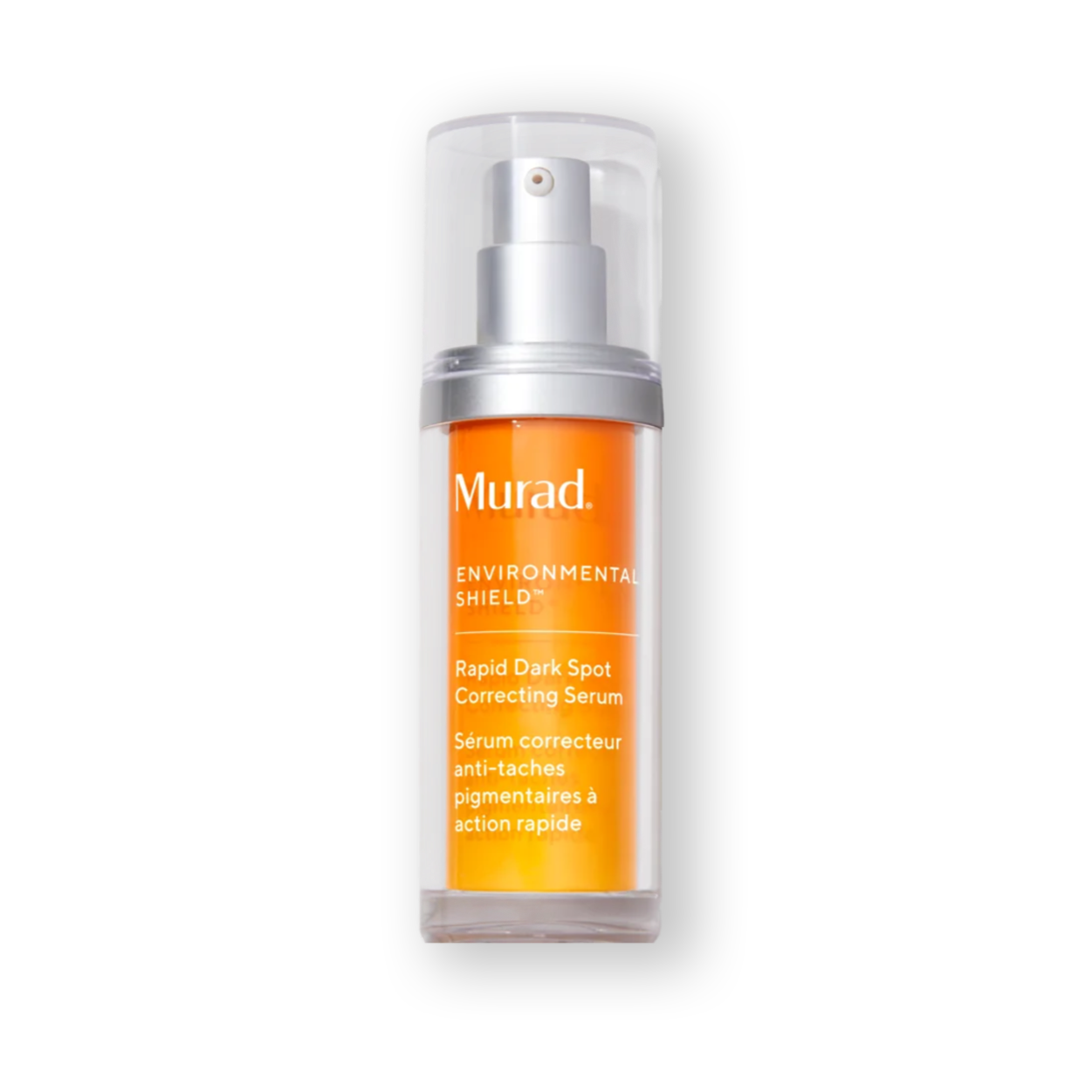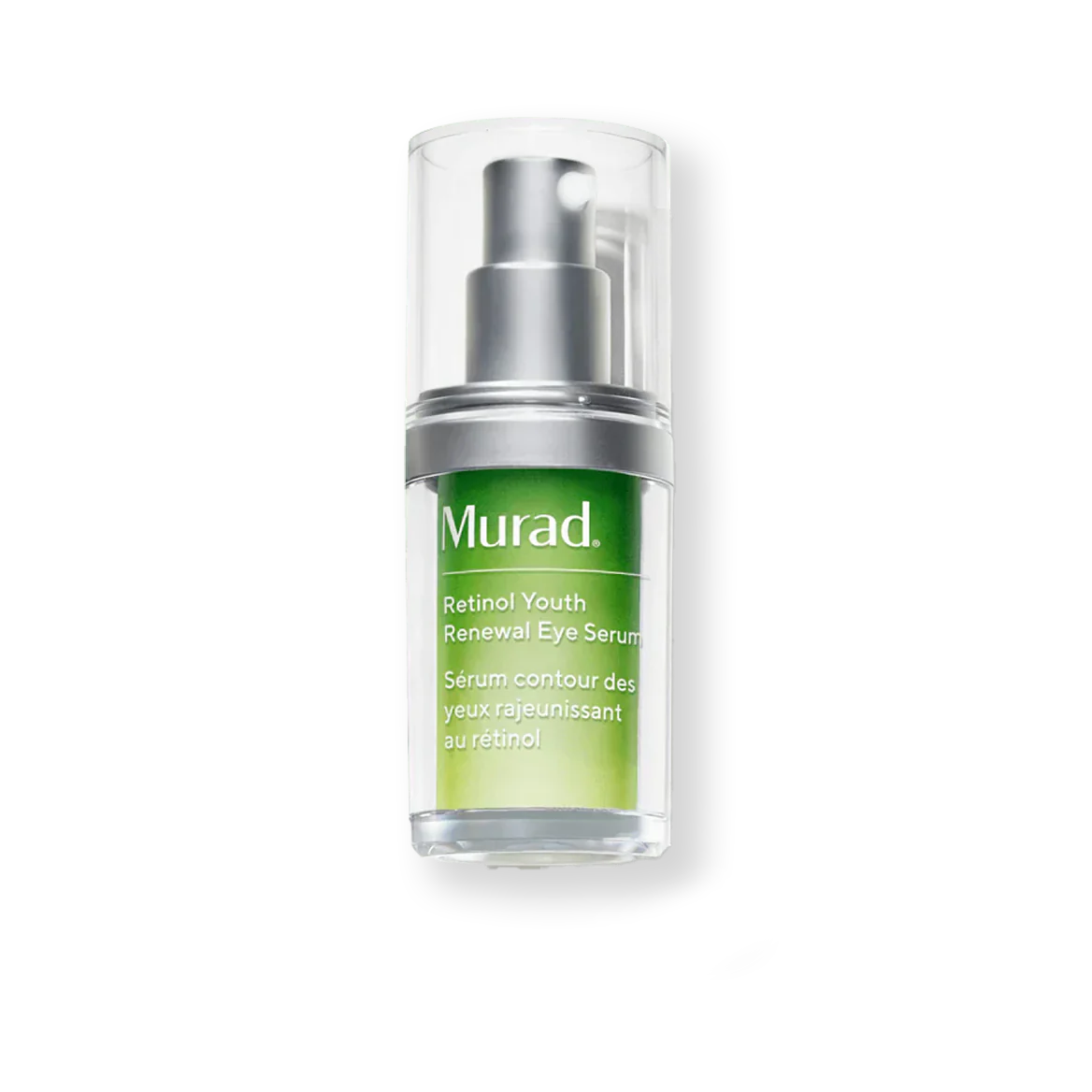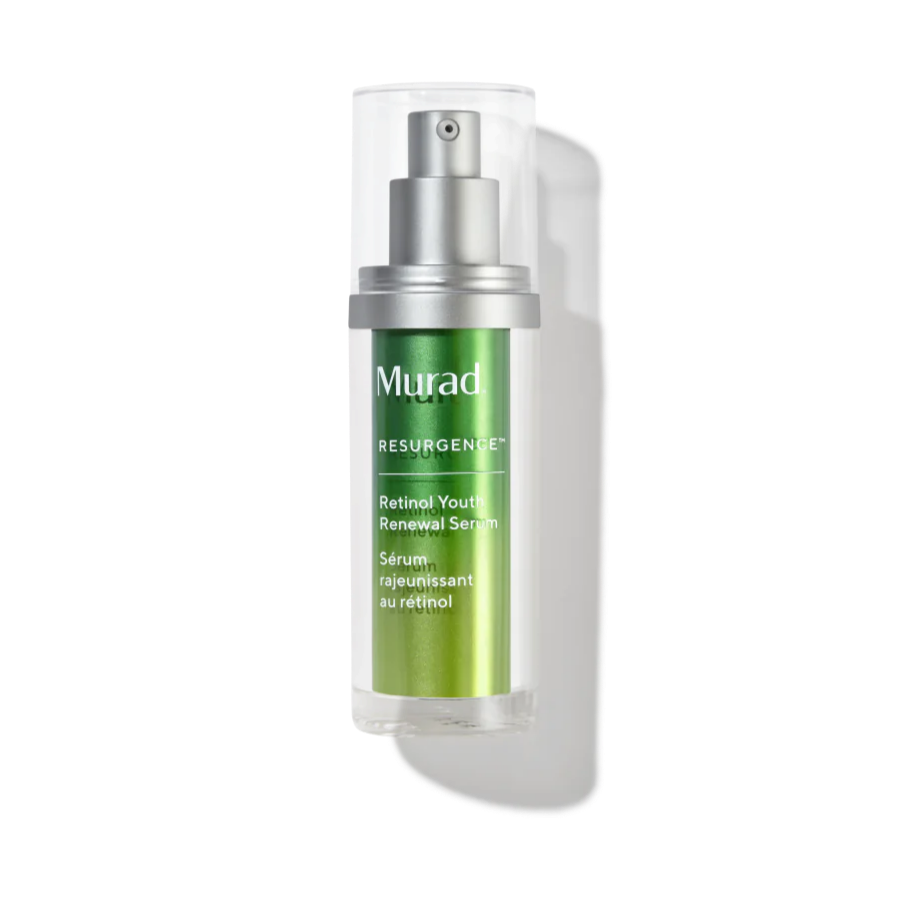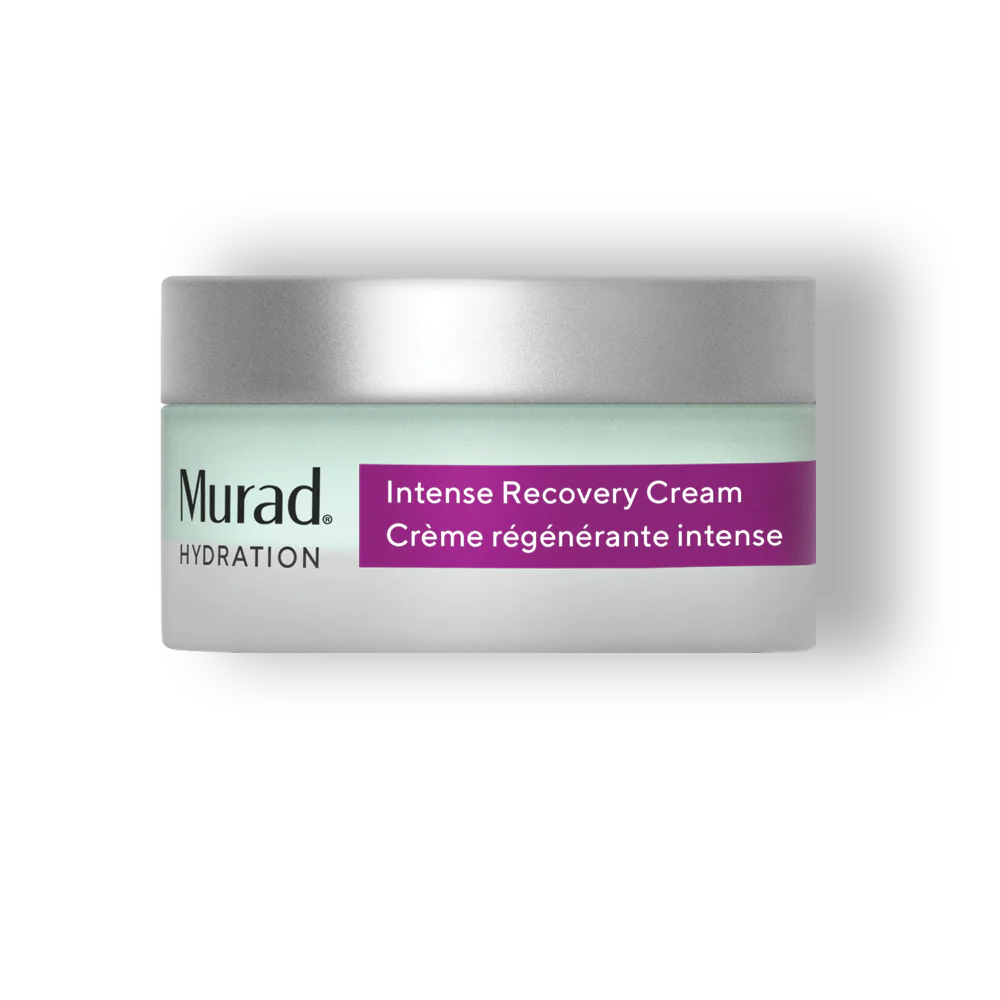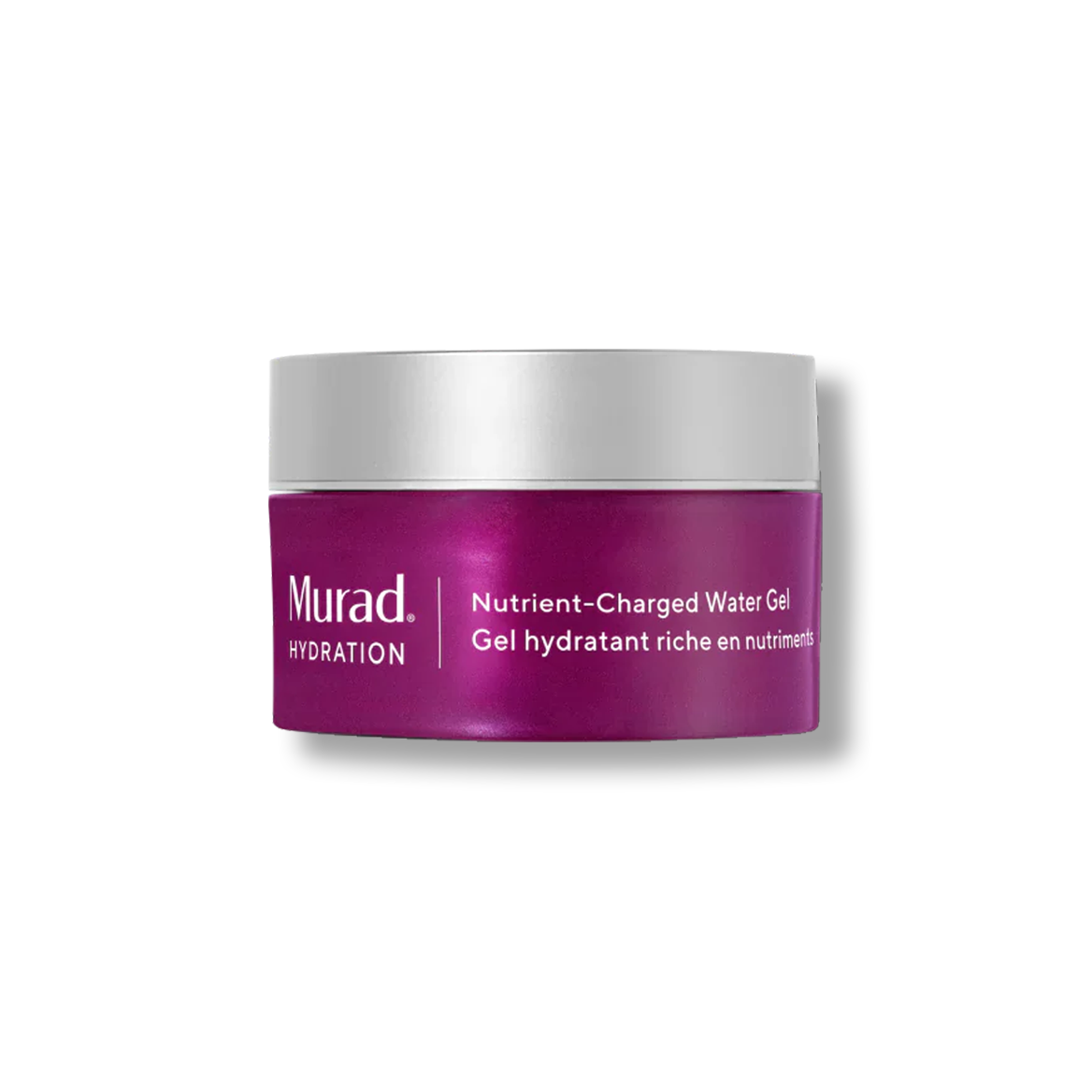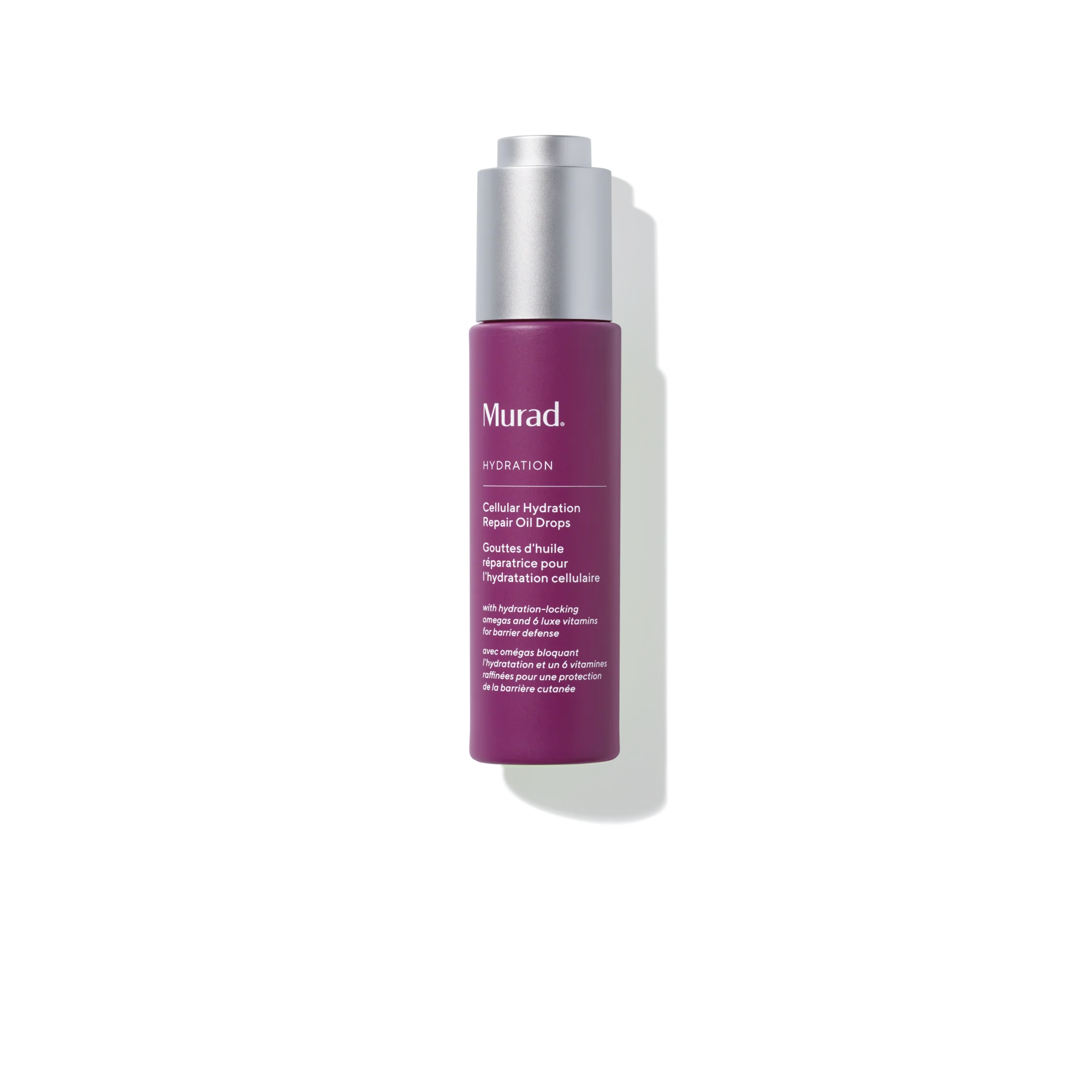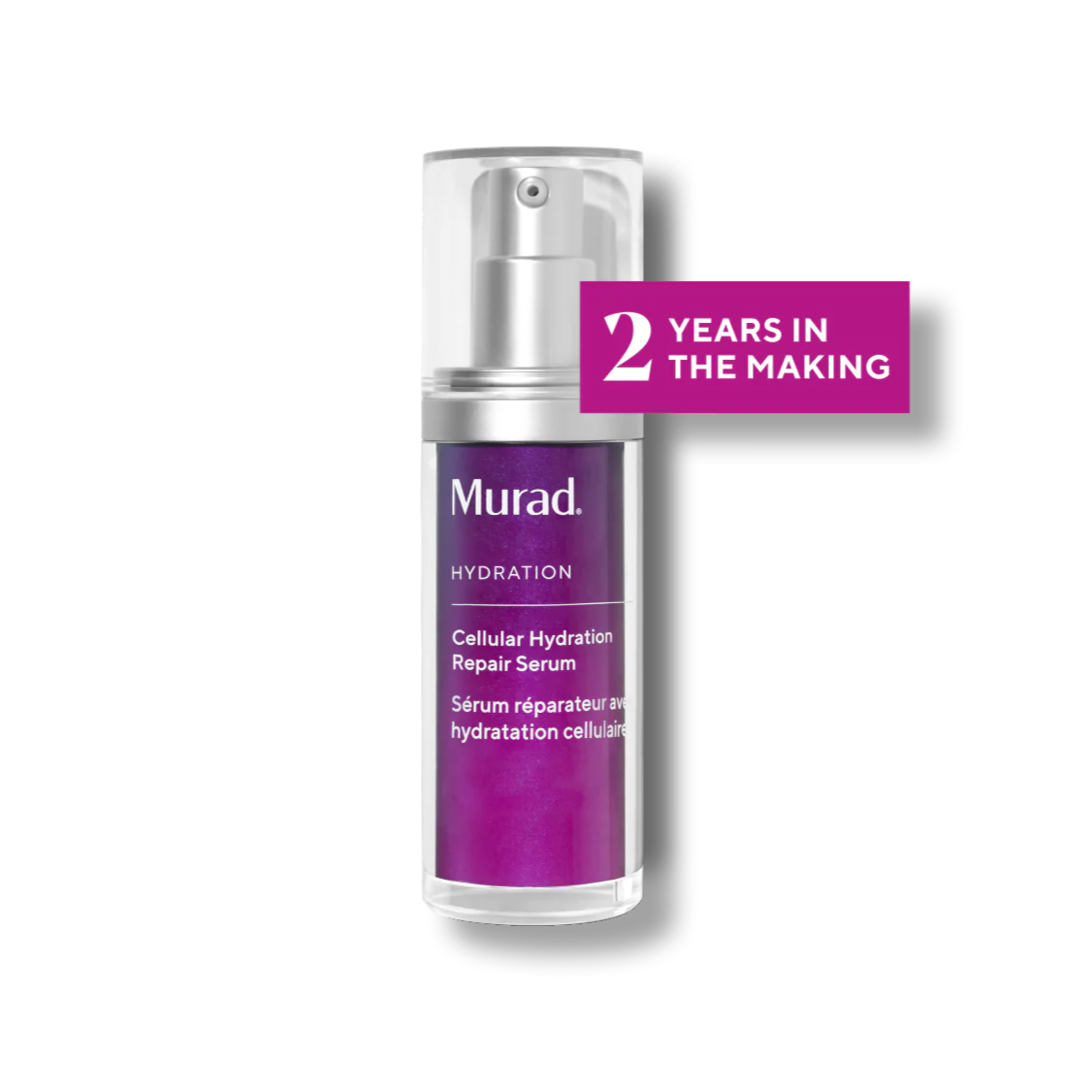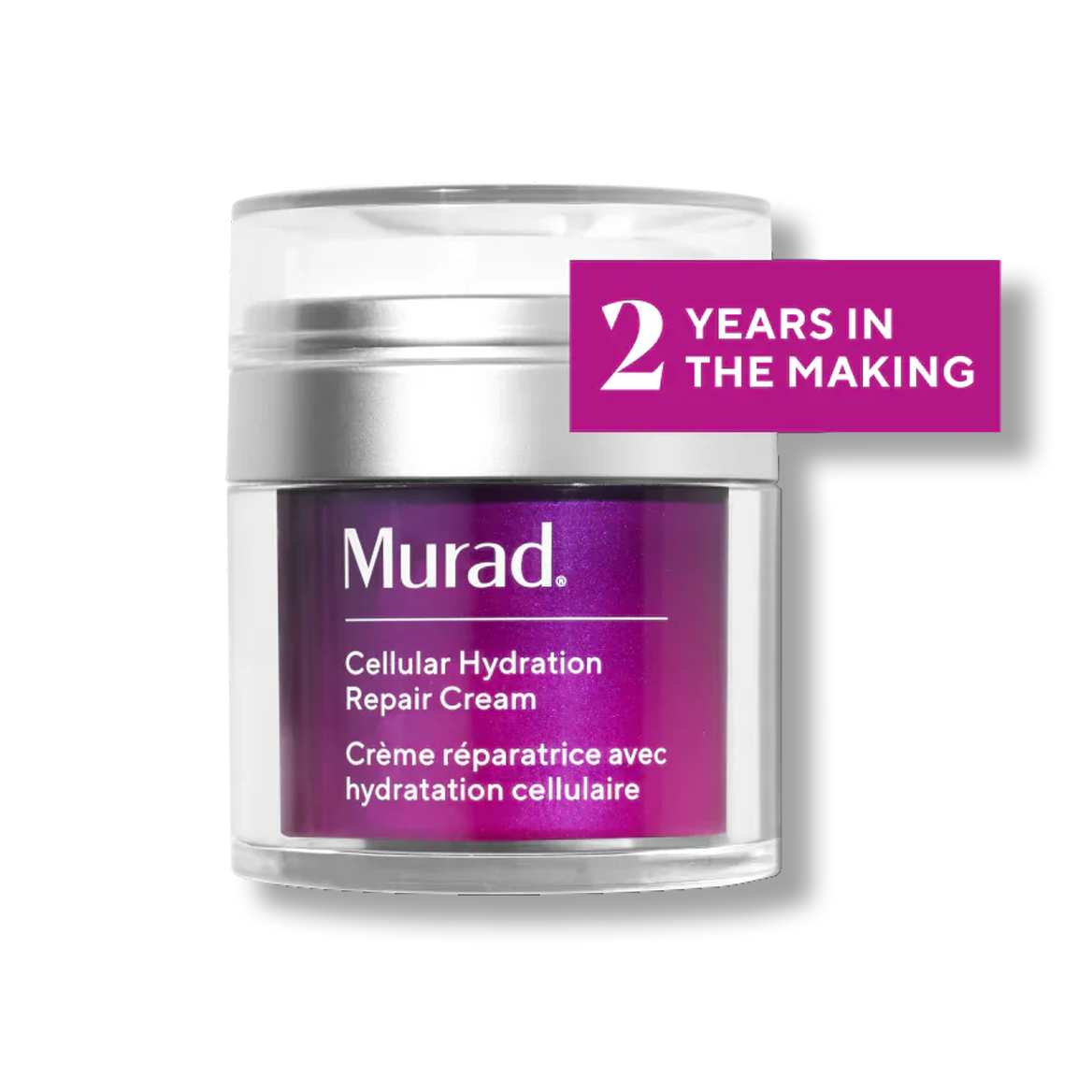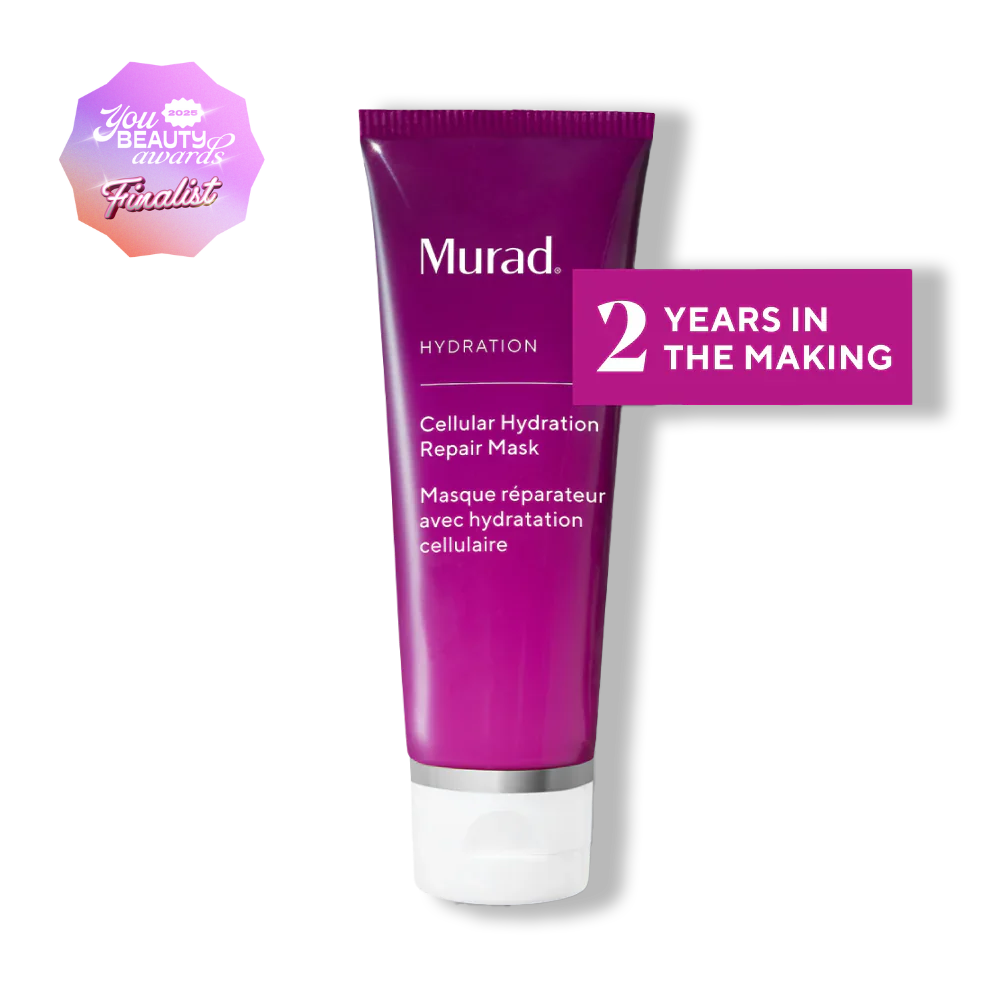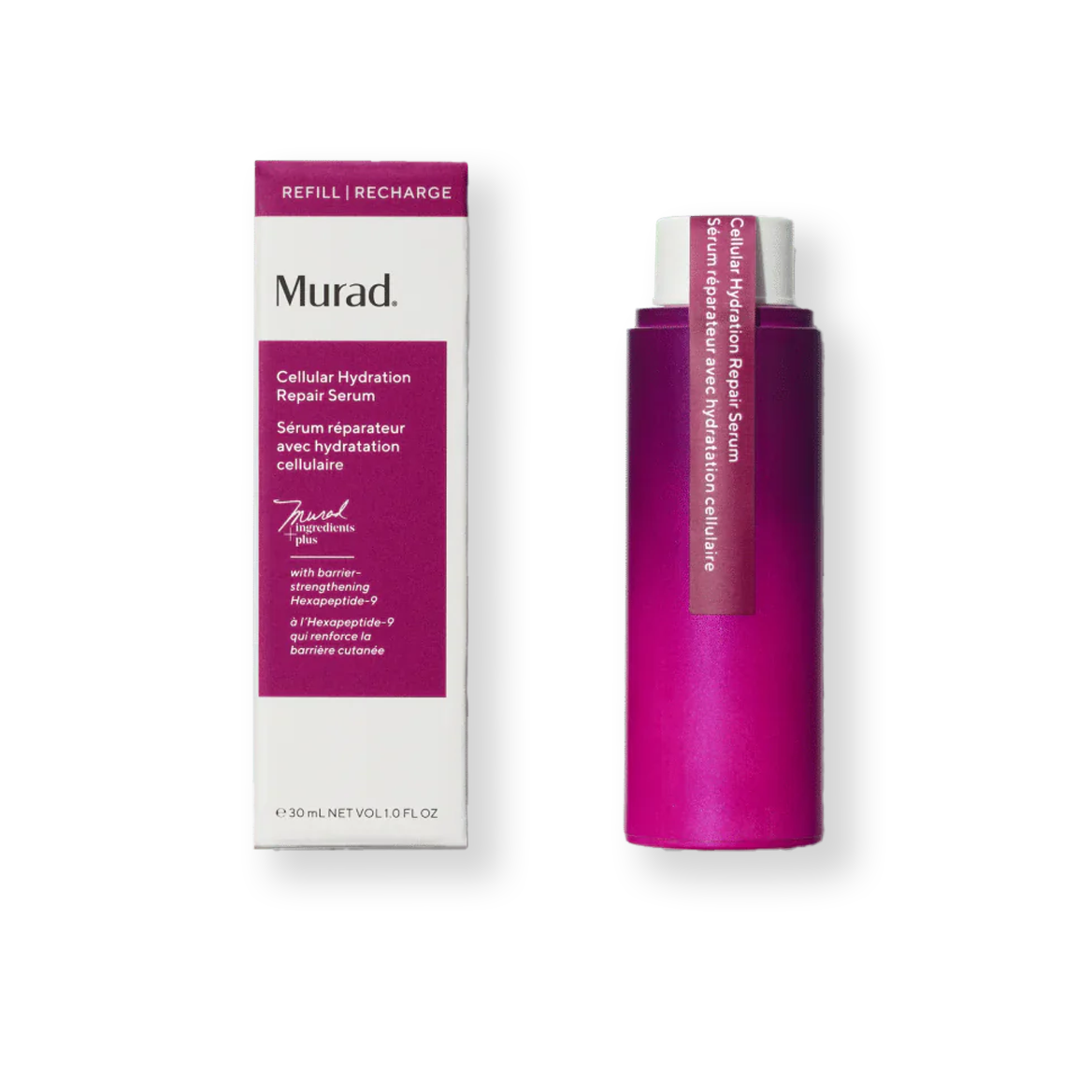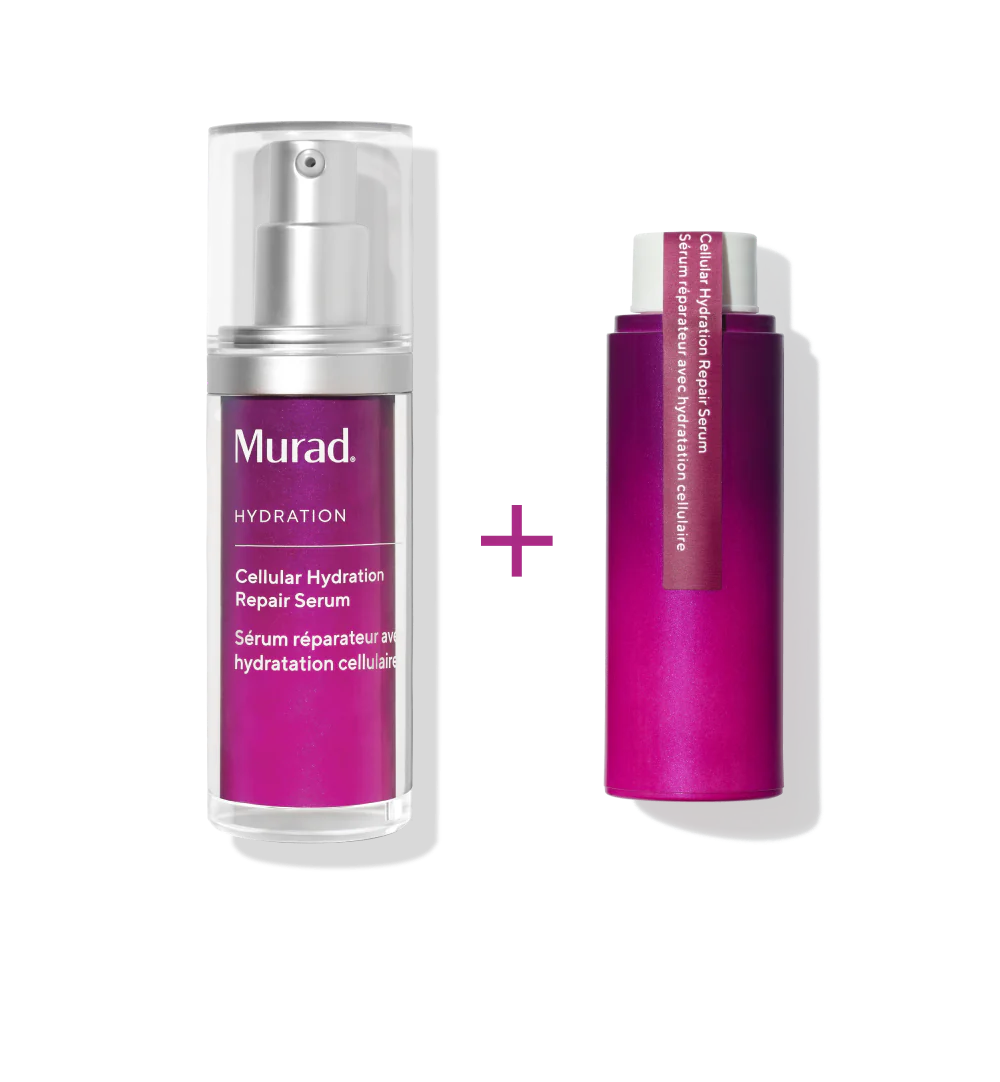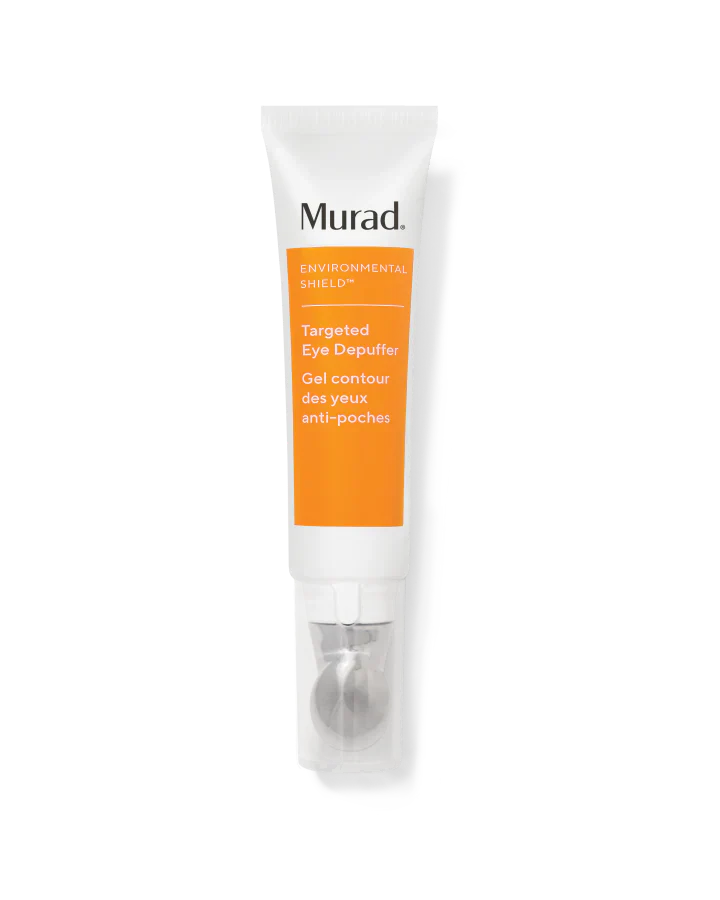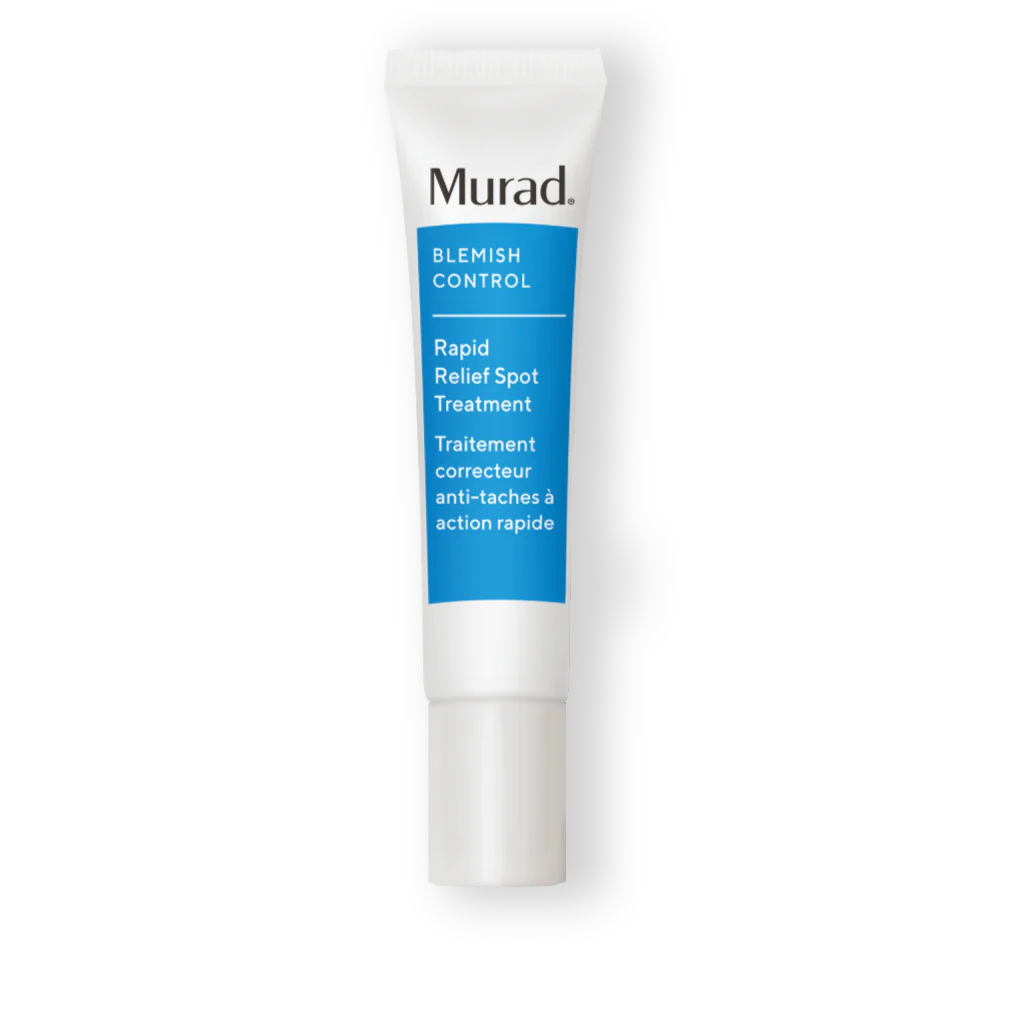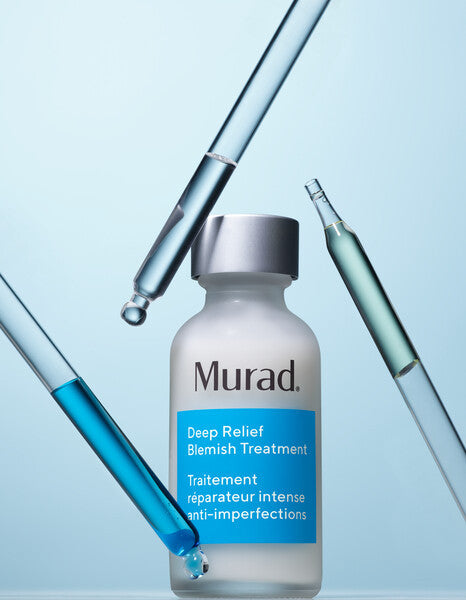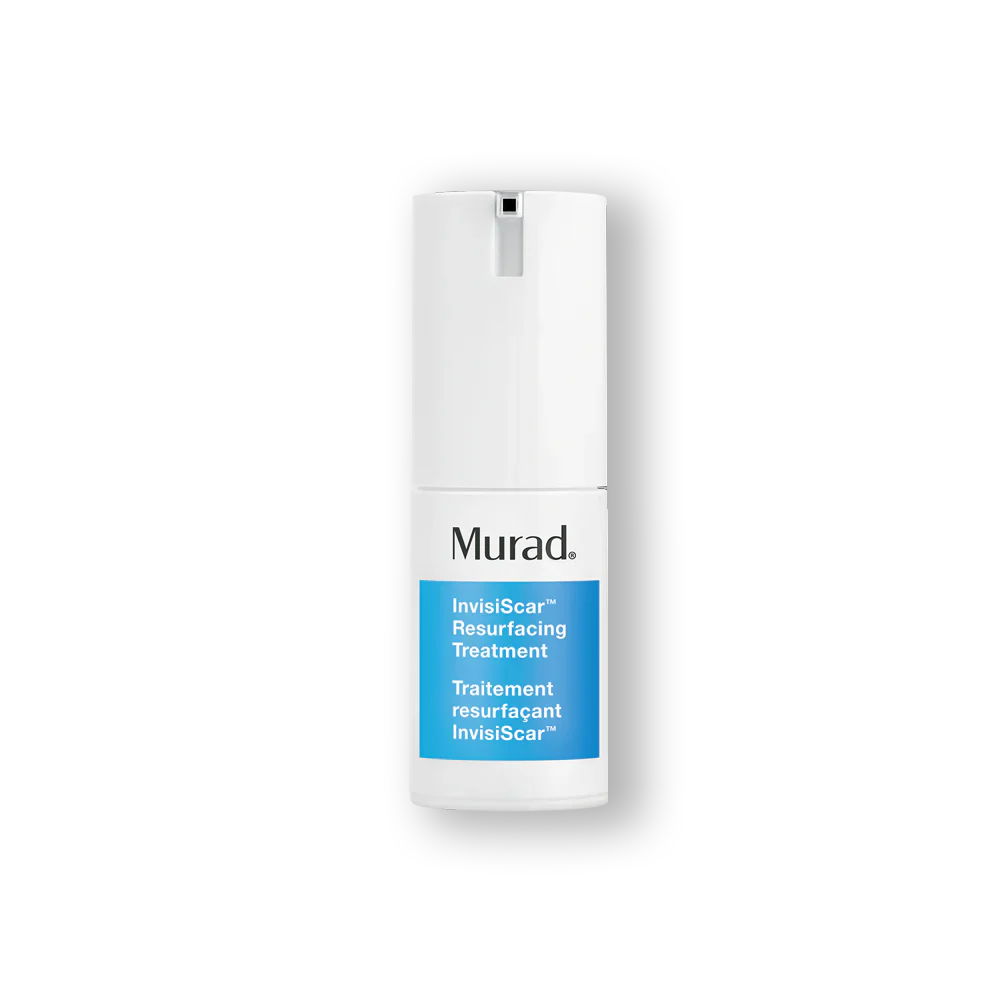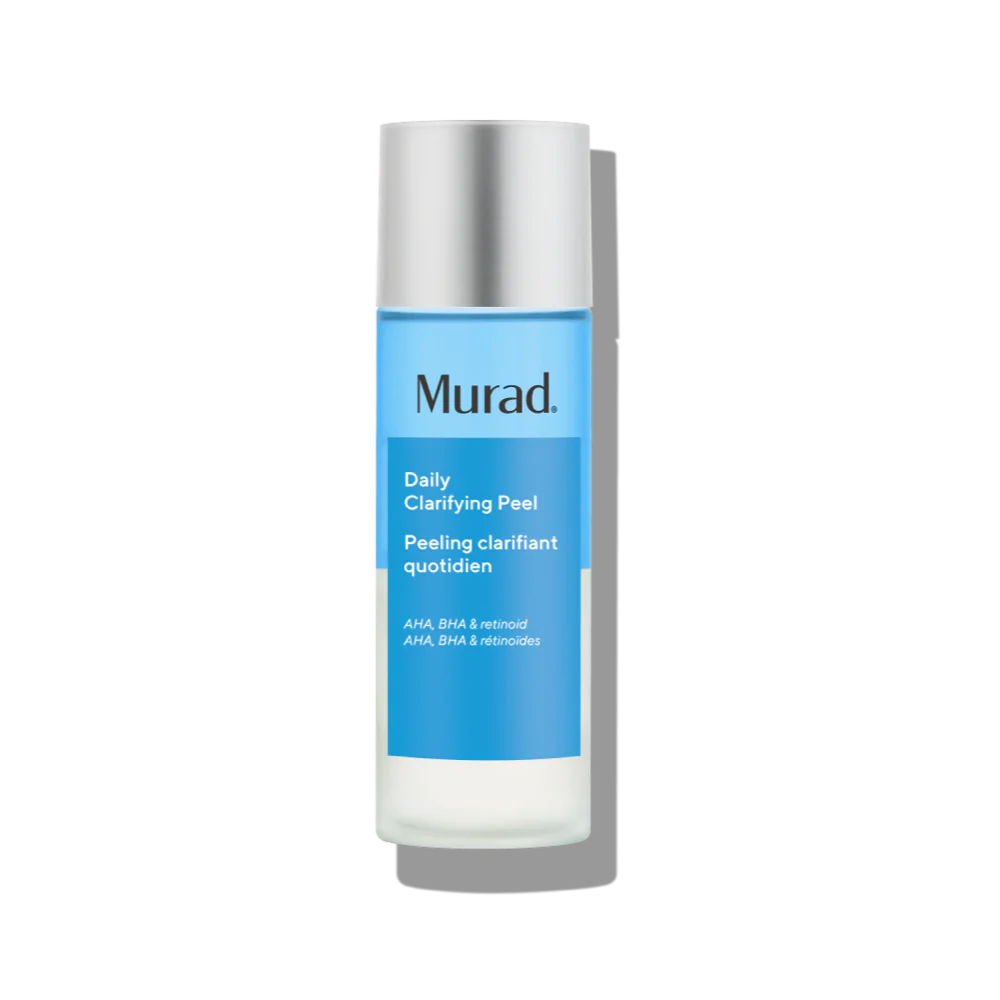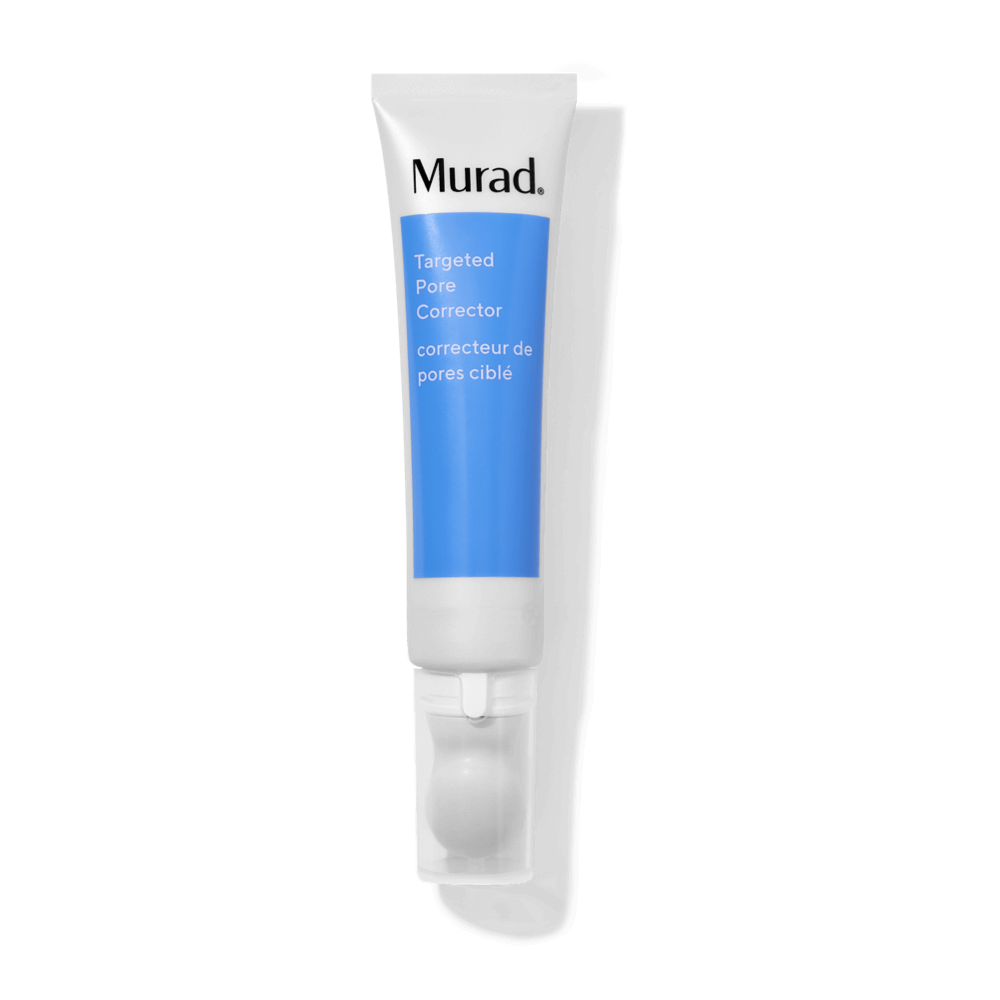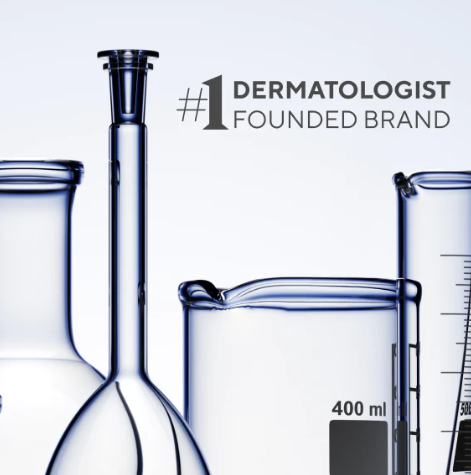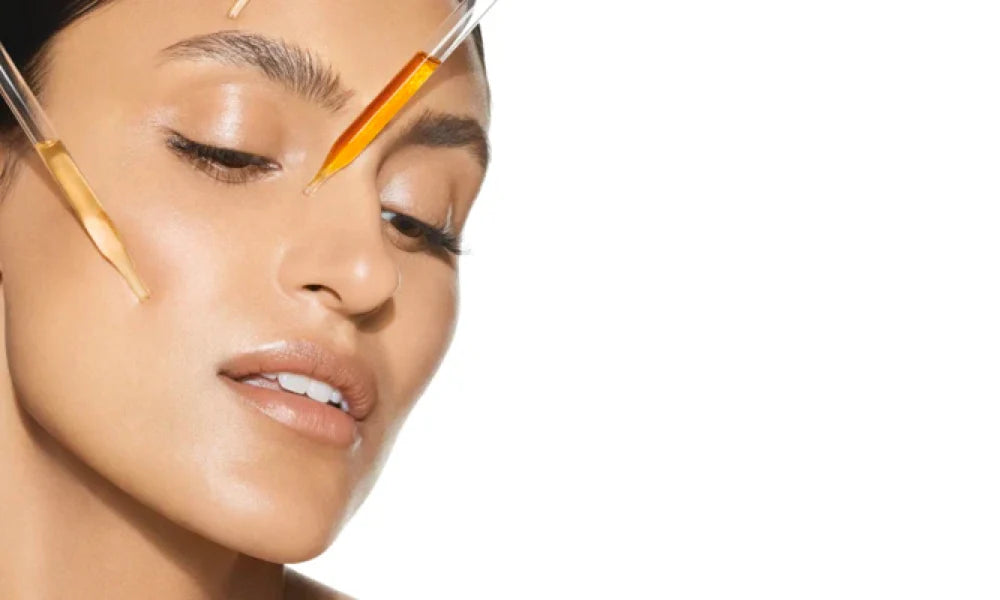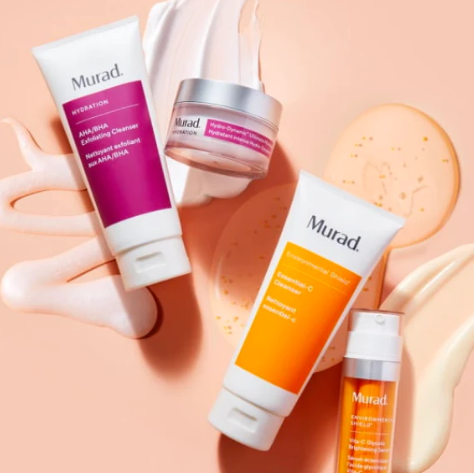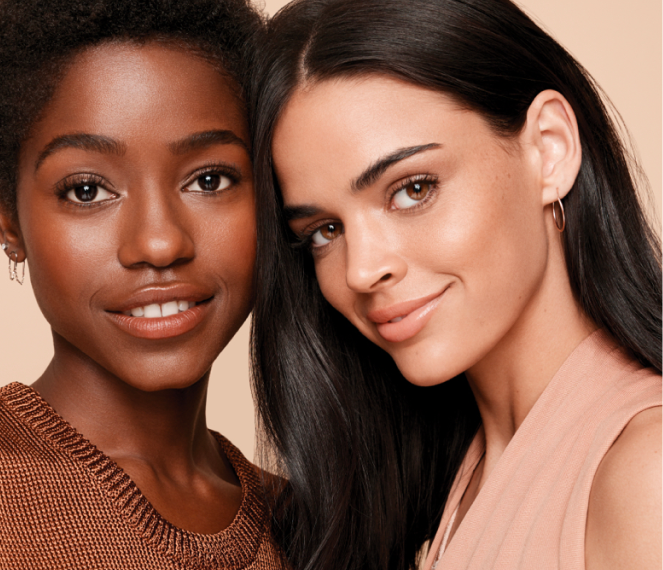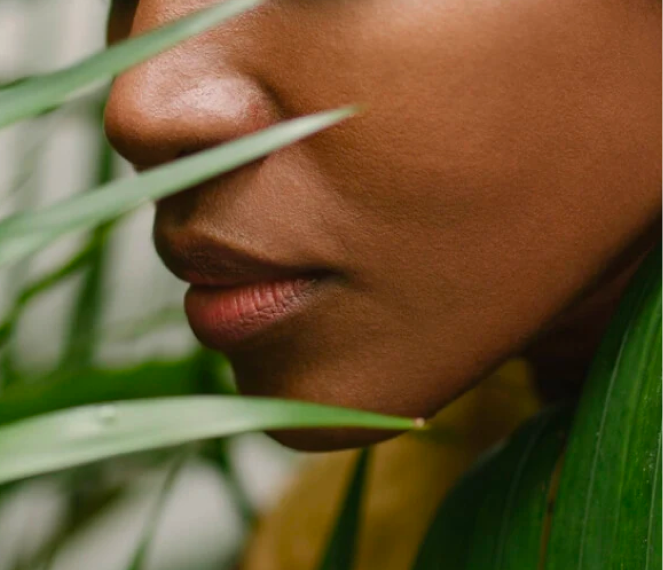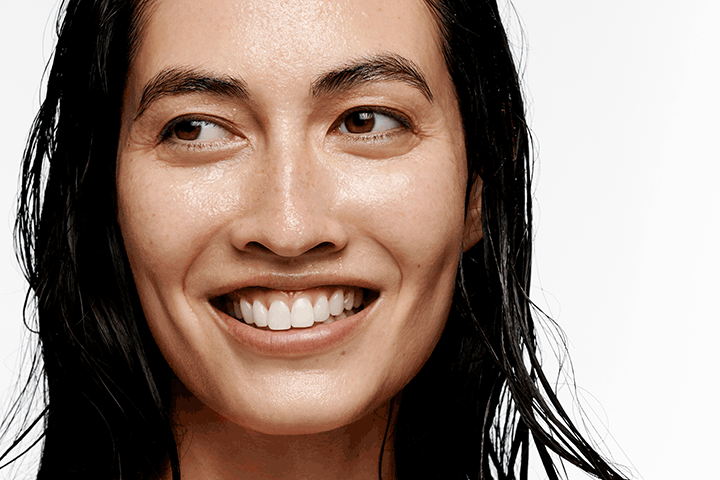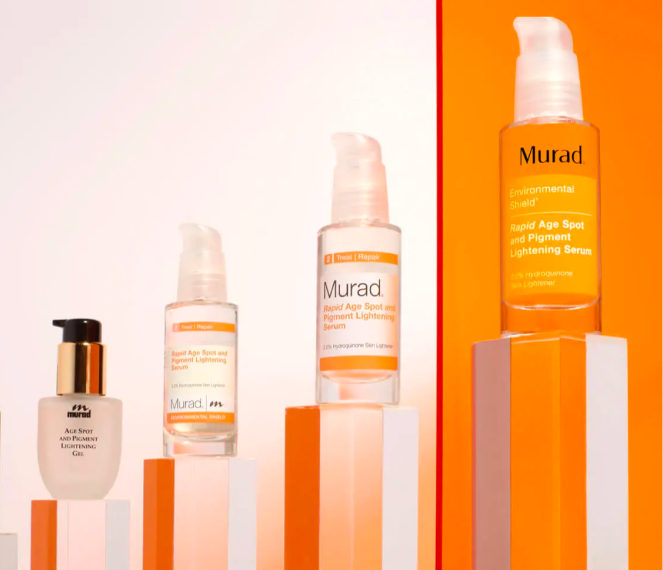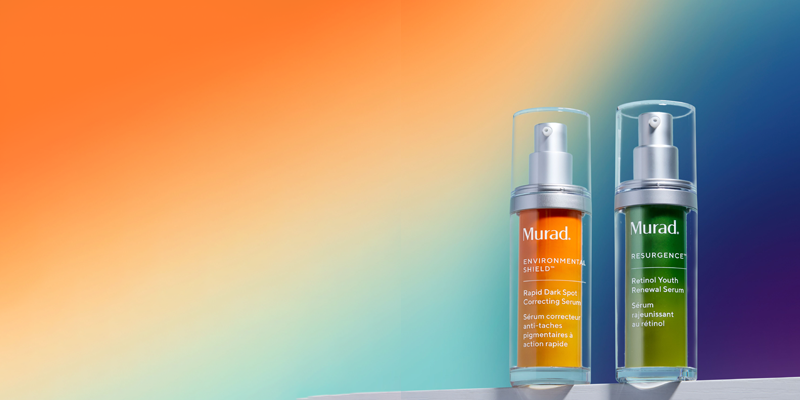What Is a Blemish?
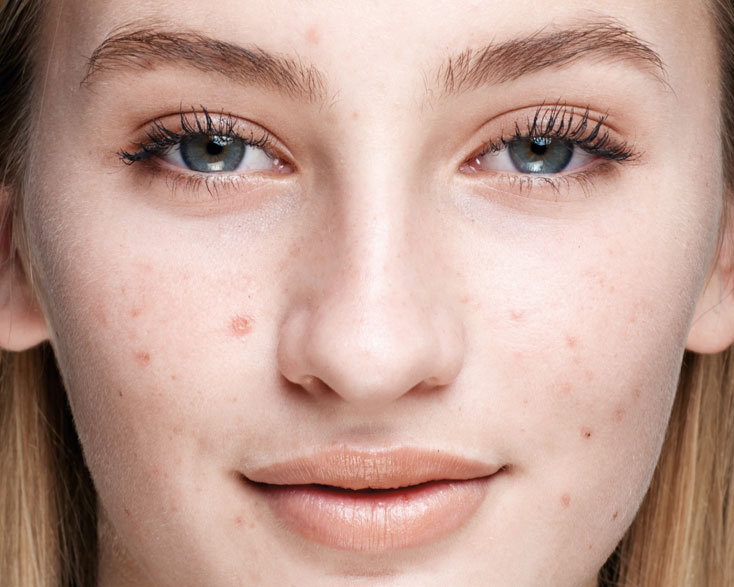
Blemishes don’t discriminate. They are a skin concern for any gender, any ethnicity, and any age group. If you’re reading this right now, you’re probably here to find a cure. But, the first step to treating and getting rid of blemishes, however, is to understand the types of skin blemishes. (Think of it this way: you wouldn’t try to treat a cold when it may be the flu.) Learn more about the different types of skin blemishes for more effective treatment.
What is a blemish?
A blemish occurs when pores and hair follicles become clogged with dead skin cells, dirt or oil, trapping oil and causing a buildup of bacteria.
What is a whitehead?
A whitehead is what happens when the trapped oil and bacteria stay beneath the skin’s surface. They show on the skin as tiny bumps or white spots and can even be invisible to the naked eye.
What is a blackhead?
A blackhead is what happens when the trapped oil and bacteria rise to the surface. This oil contains melanin—the same protein that makes your hair and skin colour—and when it is exposed to oxygen, it darkens (AKA undergoes oxidation).
Blackheads and whiteheads are types of skin blemishes classified as non-inflammatory acne because they don’t create a wound-like blemish. Dermatologists refer to these two types of skin blemishes as comedones.
What are papules and pustules?
Papules and pustules are the more common yet less severe types of inflammatory acne.
A papule forms when the oil and bacteria build up and cause the pore wall to break. The skin recognizes this as an injury, or a wound, and sends white blood cells into the pore to start the healing process. Unfortunately, what is meant to help your skin causes inflammation, and a few days later, the papule turns into a pustule.
A pustule (also known as a zit or pimple) forms when the white blood cells have made their way to the surface of the skin. You probably know a pustule by its more common name—a zit or pimple!
What are cysts and nodules?
Cysts and nodules are more severe form of blemishes that happens when the pressure of the oil and bacteria burst inside the follicle or pore. They appear as large, infected bumps or lesions on the surface and can be physically painful.
Papules, pustules, cystic acne, and nodules are classified as inflammatory acne. These type of blemishes are more severe-looking and can cause extreme physical discomfort.
What is a post-blemish scar?
A post-blemish scar forms when tissue/collagen grows rapidly to prevent infection. It has a stiffer texture and isn’t as flexible as skin that grows normally. And, sometimes, the collagen may not “fill” the blemish wound effectively. This creates atrophic (indented) scars.
Did you know Murad has treatments for different kinds of blemishes on the face, including post-blemish scars? Shop our Blemish Control products today.
Shop This Article
-

Clarifying Cleanser
Cleanses, clears pores and treats blemishes—even after rinsing. Leaving your skin feeling fresh and clean.
$58.00 | 200ML -
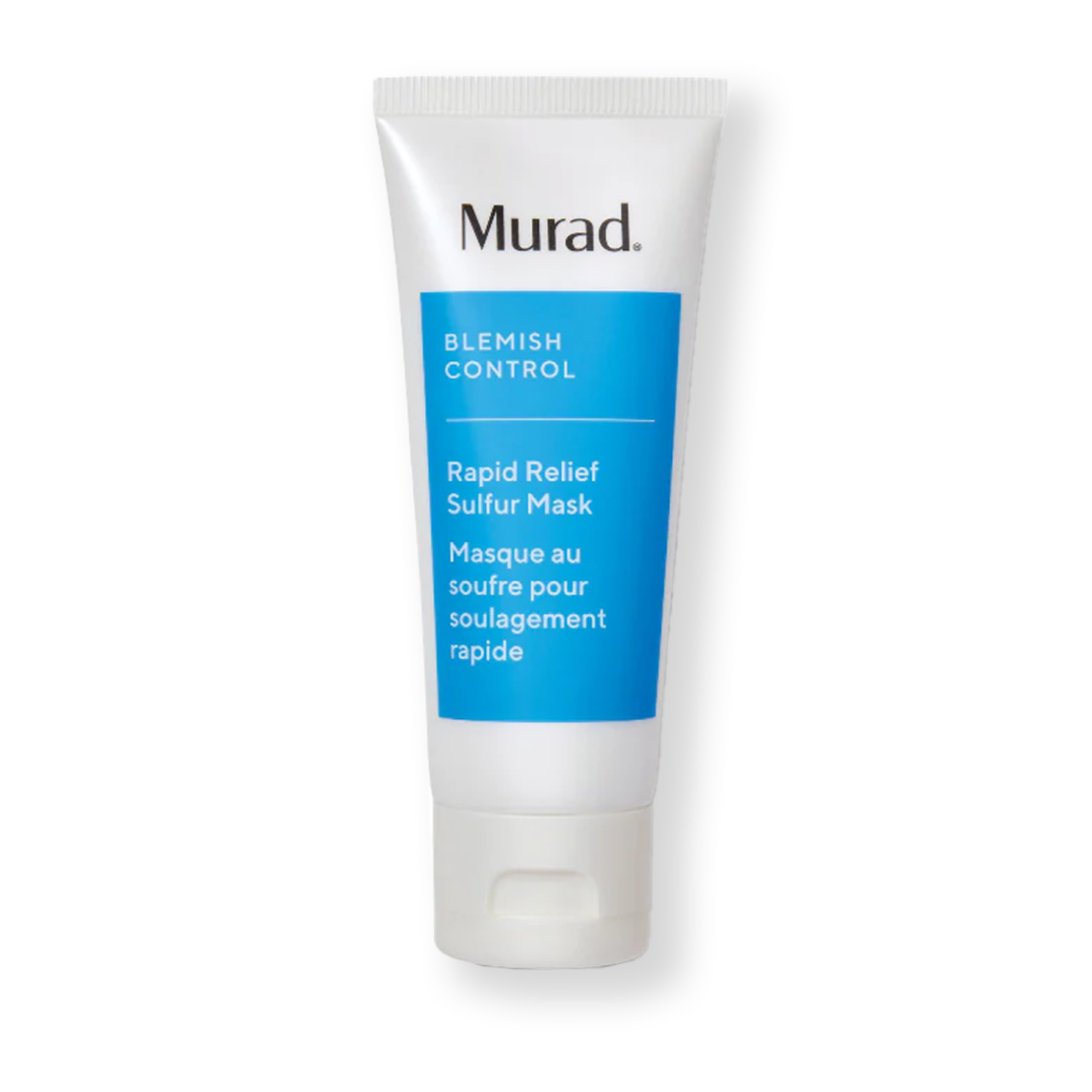
Rapid Relief Sulfur Mask
Tri-active mask with sulfur, salicylic acid and Austrian peat instantly reduces oil and fast tracks pimple and blackhead reduction in 3 uses.
$69.00 | 74ML -
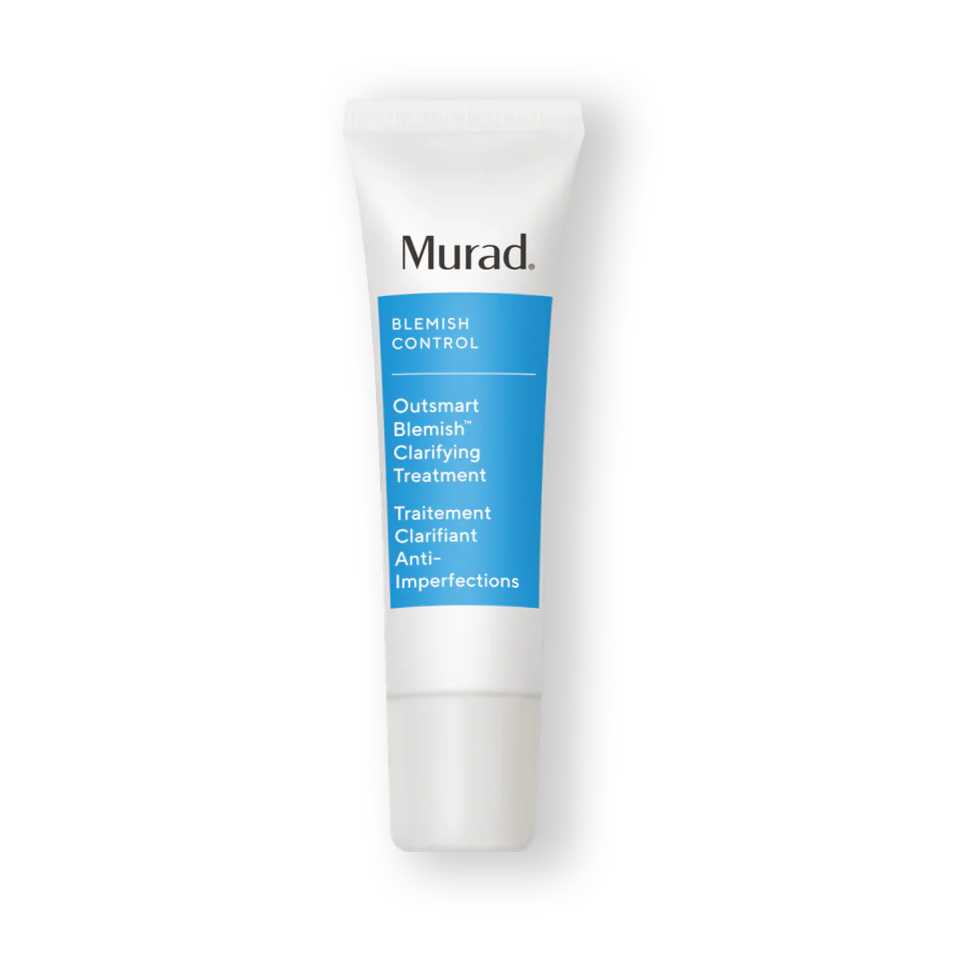
Outsmart Blemish Clarifying Treatment
Medicated gel serum reduces blemishes in 1 week.
$78.00 | 50ML -
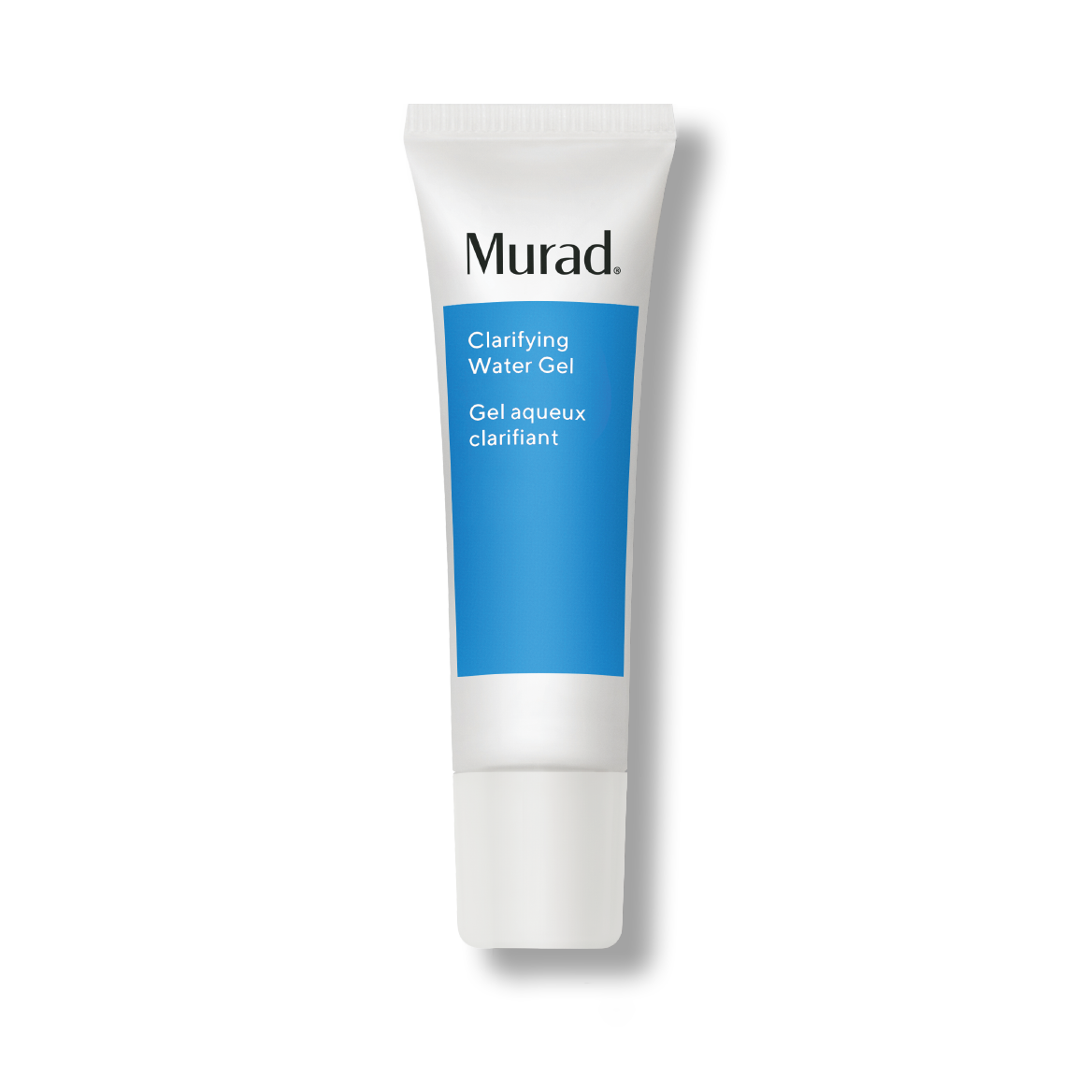
Clarifying Water Gel
Hydrate your way to clearer skin. Non-comedogenic, water-light hydrator purifies, refines and interrupts bacteria signals that can lead to irritated skin.
$79.00 | 60ML
